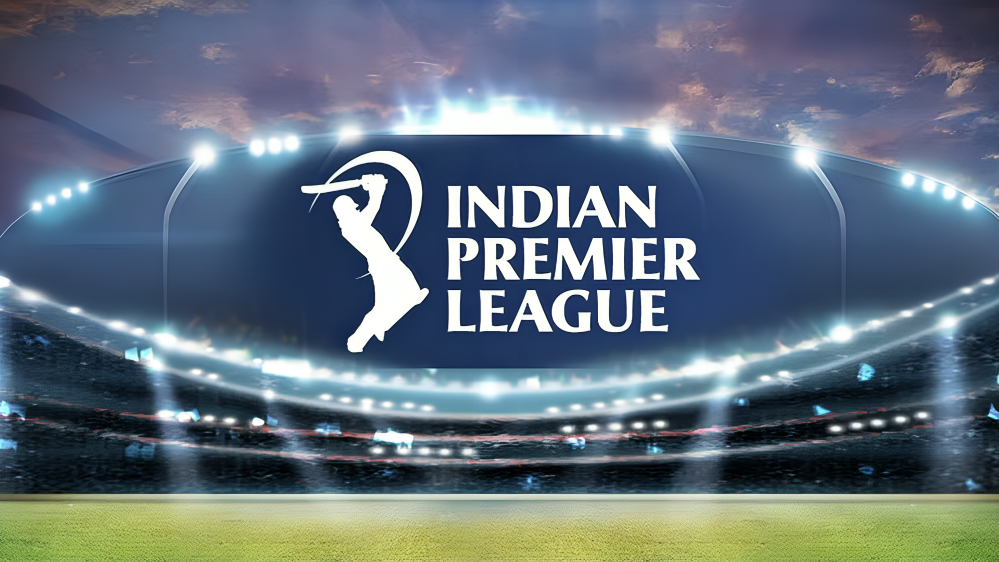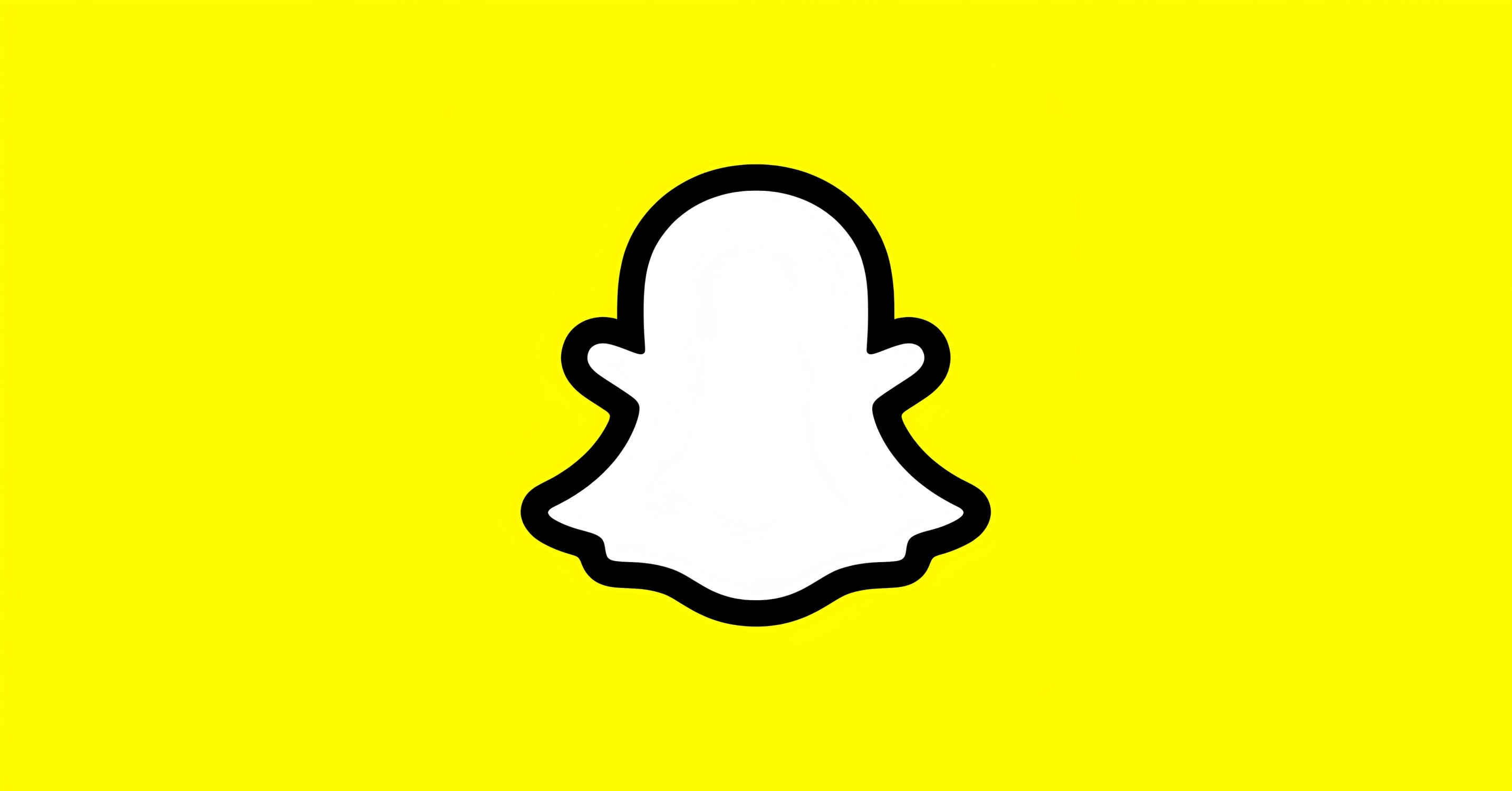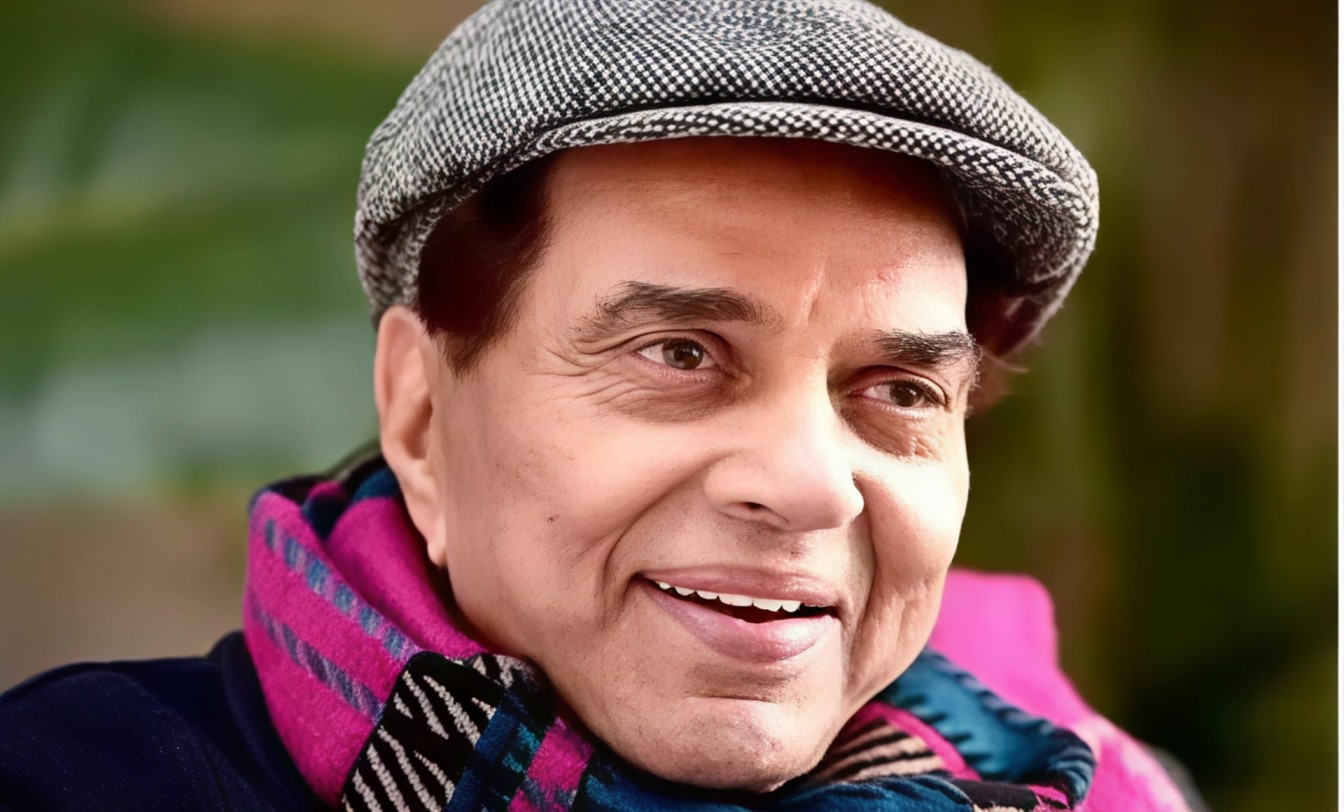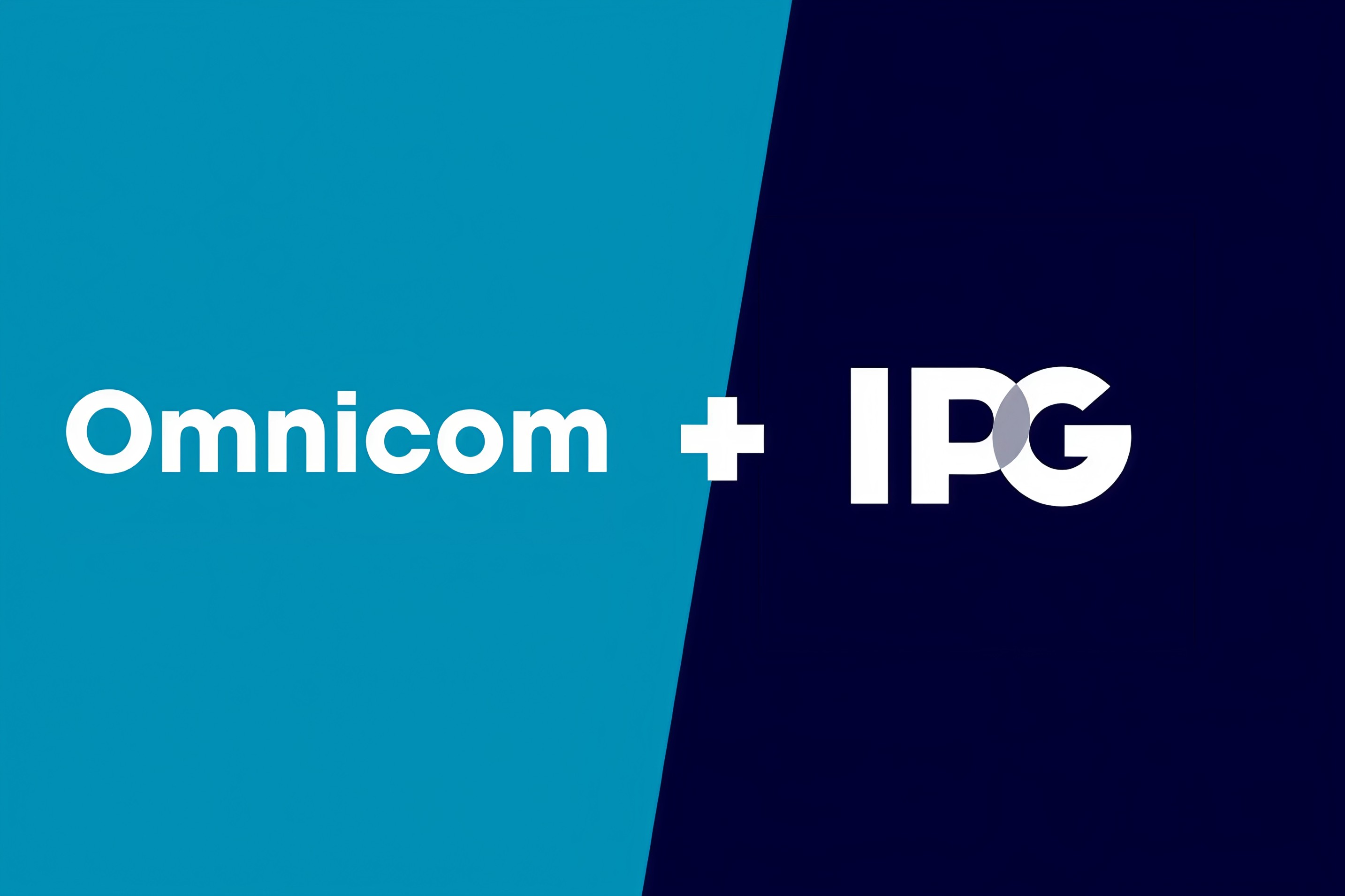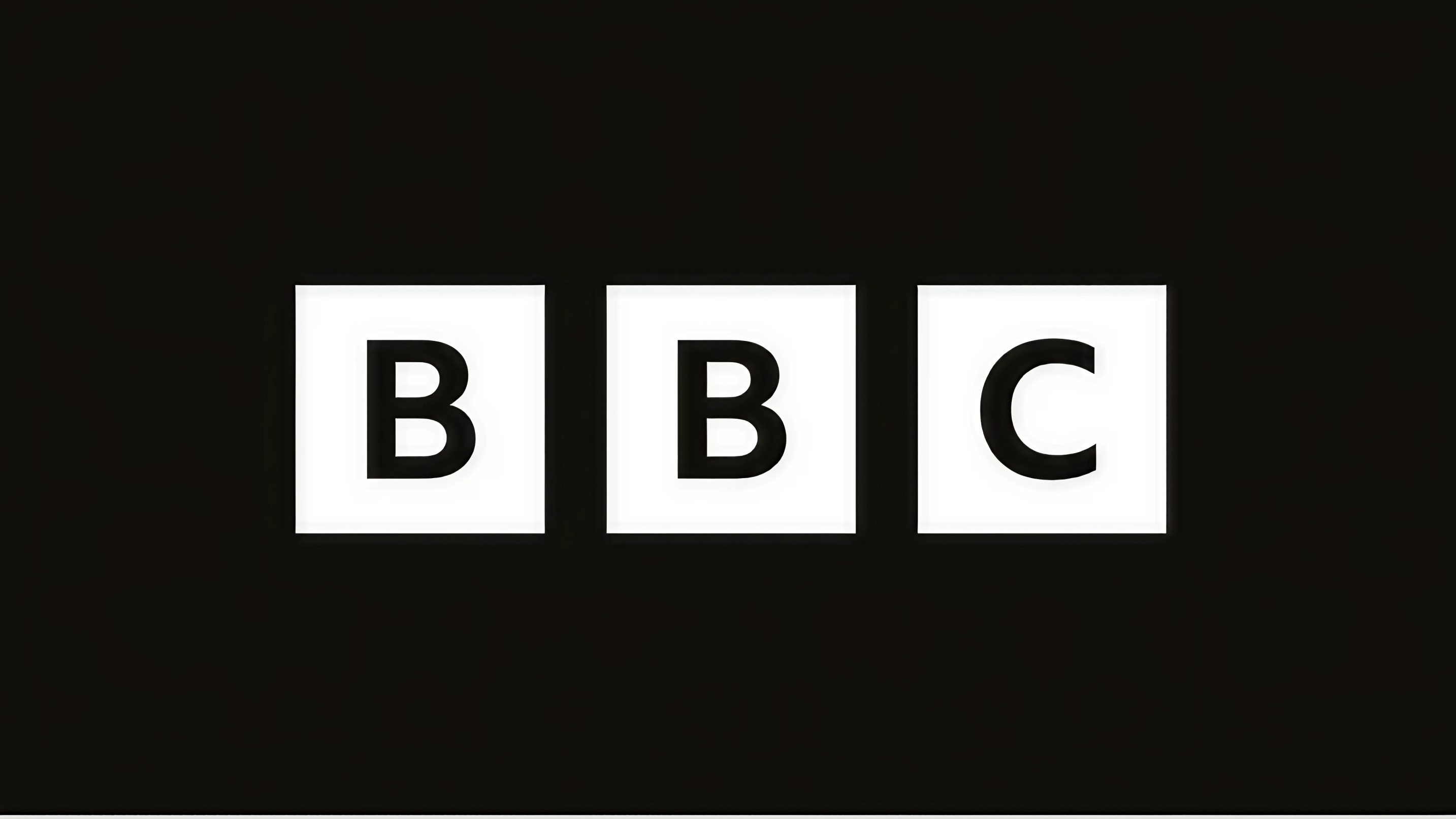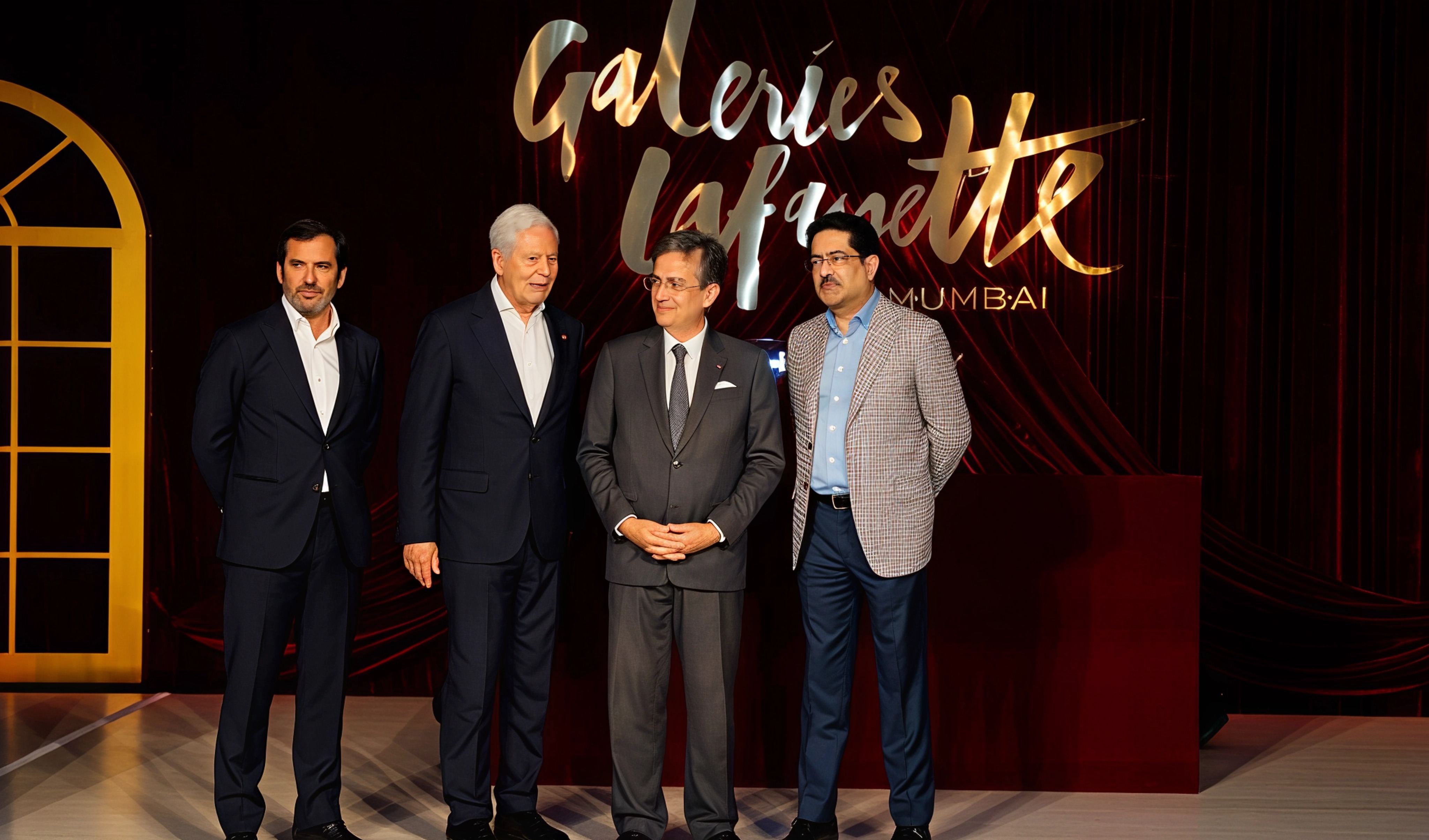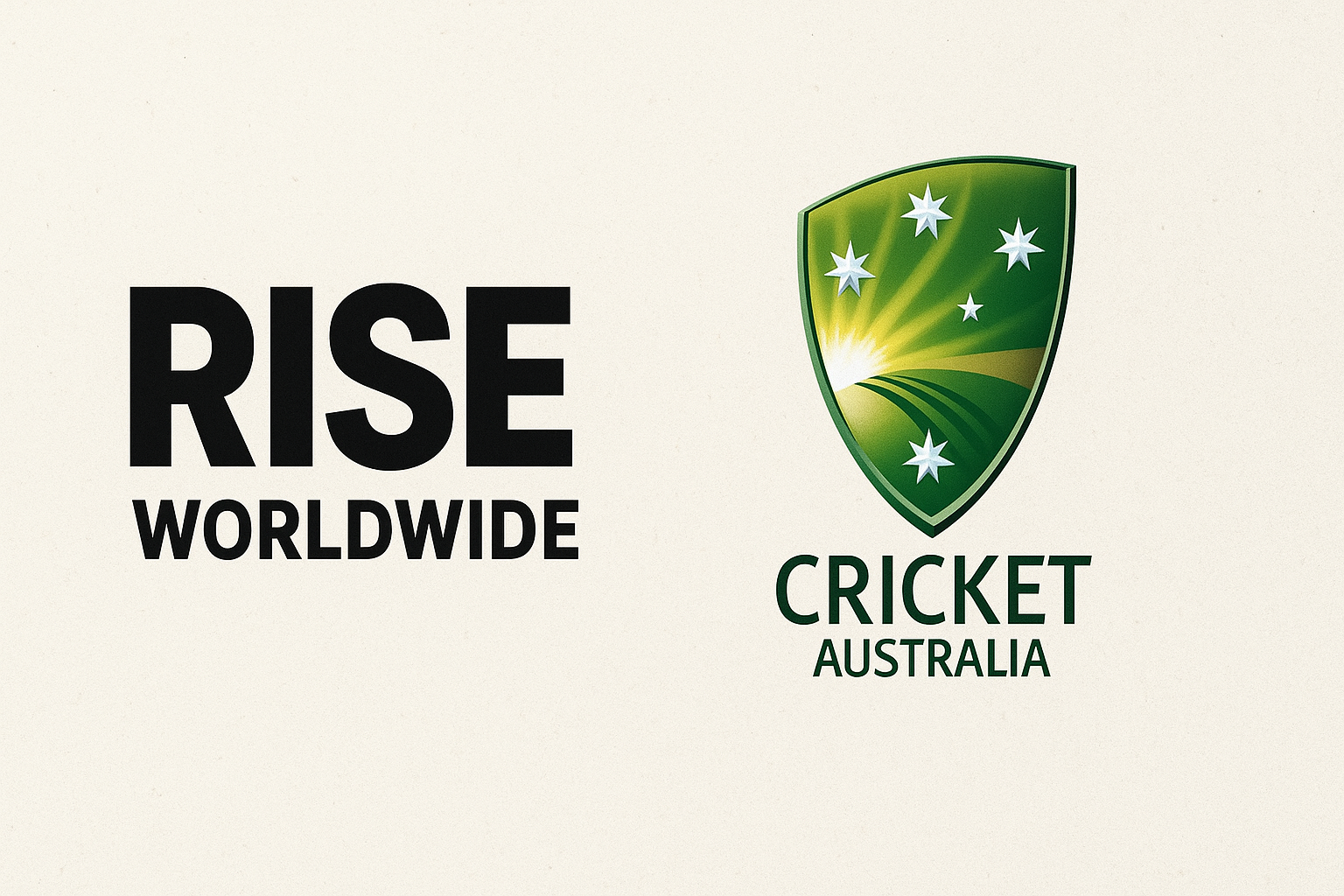The Indian Premier League, once seen as the most dependable engine of India’s sports economy, is facing its first extended correction phase. According to D&P Advisory’s 2025 valuation report, the IPL ecosystem has dropped from ₹92,500 crore in 2023 to ₹76,100 crore in 2025, marking an 8 percent fall from last year and the steepest two-year dip in its history.
Digital Surpasses TV for the First Time
While the IPL’s value may be cooling, its reach remains unmatched. The 2025 season drew over one billion viewers across television and digital combined, but the bigger story lies in the viewing shift. For the first time ever, digital audiences overtook TV, marking a defining change in India’s media consumption.
Regional language streams, connected TV penetration, and interactive fan formats have pushed younger audiences online. However, the challenge now lies in monetization — converting the massive digital engagement into steady revenue.
Twin Blows to the IPL Business Model
Two major disruptions have reshaped the league’s economics. First, the merger between Disney Star and Viacom18 created JioStar, ending the fierce competition that once inflated IPL’s media rights value. With both TV and digital rights housed under one banner, the auction intensity has cooled, flattening valuation growth.
ADVERTISEMENT
Second, the government’s ban on Real Money Gaming advertising and sponsorships under the Promotion and Regulation of Online Gaming Act, 2025, has removed an estimated ₹1,500 to ₹2,000 crore from annual IPL ad spend. RMG brands were once among the league’s most aggressive sponsors across franchises and broadcasters, and their exit has left a visible revenue gap.

Franchises Shift to Safer Sectors
With gaming and fantasy platforms out, IPL franchises are diversifying sponsorship portfolios toward stable, long-term categories like automotive, BFSI, healthcare, and consumer tech. Analysts note that while the days of rapid rights inflation may be over, the focus is now shifting to sustainable growth and global tech partnerships that could revive competitive tension in future auctions.
Santosh N, Managing Partner at D&P Advisory, remarked that the league is entering a phase of recalibration: “The growth model is changing. IPL’s future value will rely on diversified sponsorships, digital innovation, and structural discipline rather than one-off auction spikes.”
WPL Rises as IPL Resets
While the men’s IPL undergoes a valuation reset, the Women’s Premier League continues its upward trajectory. Despite a small dip from ₹1,350 crore to ₹1,275 crore, the WPL saw a 150 percent surge in TV ratings and 70 percent growth in digital viewership for its latest season opener. Stadium attendance and travel bookings to host cities also spiked, indicating that women’s cricket has matured from a novelty to a mainstream sporting property.
ADVERTISEMENT

The Next Decade of Cricket Economics
D&P’s report suggests Indian cricket has moved past its “hypergrowth” phase into one defined by resilience and balance. With over a billion viewers, the sport’s cultural dominance is undisputed but where that value compounds is evolving.
The coming years will likely see new monetization models such as commerce integrations, subscription bundles, and data-led fan engagement across connected devices. Global tech giants like Netflix, Amazon, and Apple are also expected to re-enter the rights bidding landscape, reigniting competition.
The Future Beyond the Field
Cricket’s next innings will be less about record-breaking valuations and more about strategic evolution. As D&P’s report concludes, “Cricket is no longer just a sport; it is a platform economy shaped by technology, regulation, and audience behavior. Those who adapt fastest will define the next era of growth.”
Follow Marketing Moves on Instagram and Facebook for more industry stories, media insights, and updates from India’s growing entertainment and sports ecosystem.

